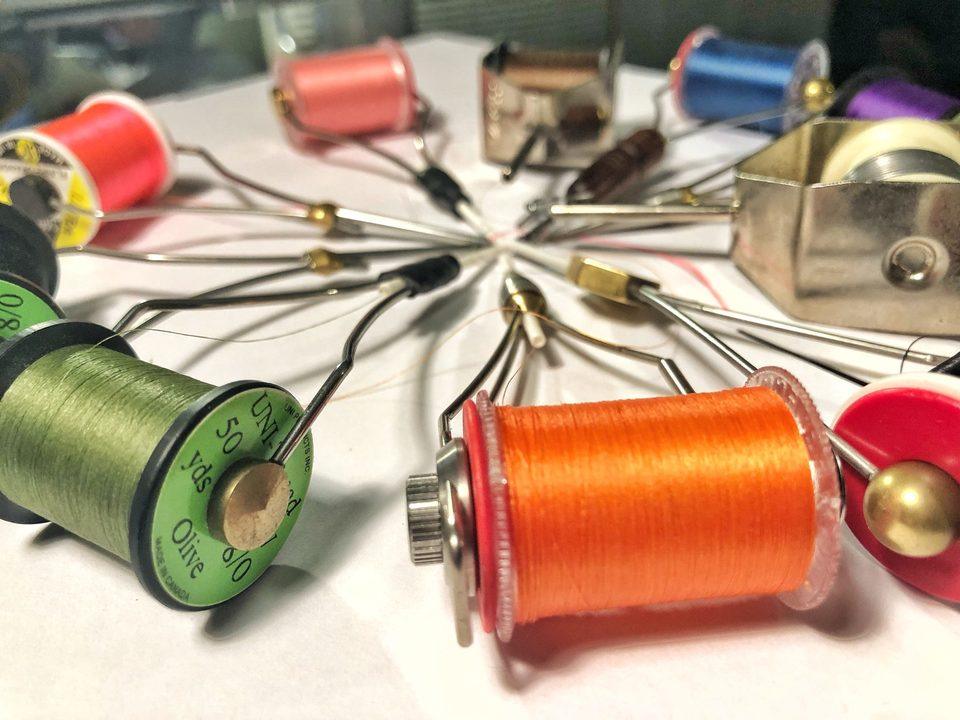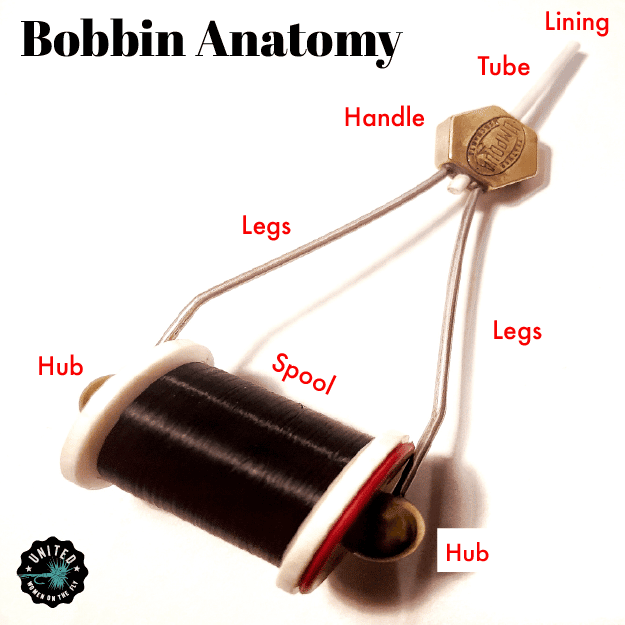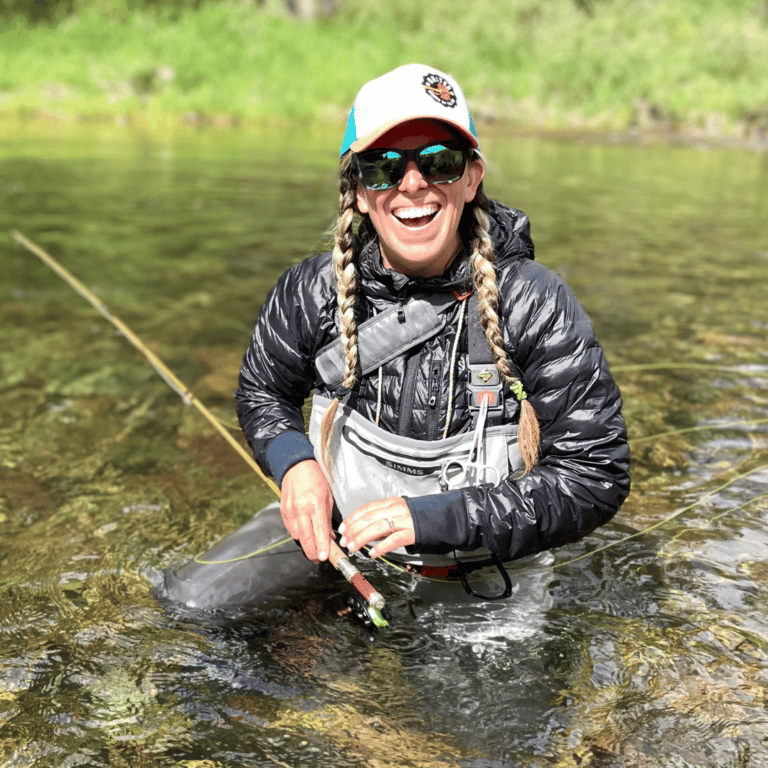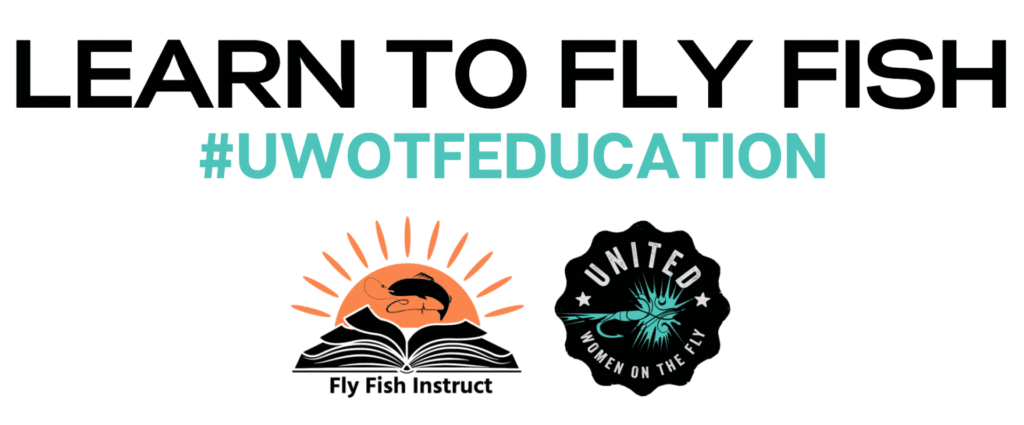
First comes a vise, then comes tying tools. We’re going to continue the Fly Tying “Back to the Basics” blog series and talk about the tying tools needed for tying flies. There are three essential fly tying tools needed:
- Bobbin
- Scissors
- Finisher – Whip Finish, Half Hitch Tool or Fingers.
bobbin Purpose and Application
A bobbin’s purpose is to securely hold material such as thread, tinsel or wire that will be wrapped around a hook while maintaining constant tension on the material.
Different applications require different bobbins. As a new fly tier, you can get away with a universal bobbin. As your fly-tying journey continues, you’ll recognize that there are specialized bobbins for different size and types of flies. This is similar to fishing all techniques with a Weight Forward Floating Line. Sure, you can just add weight above a streamer and let it sink a little longer, but wouldn’t it be better to fish streamers with a sink tip line?
The number one rule for a bobbin is that it must fit your hand. Cheap bobbins are notorious for fraying thread at the point where the thread exits the tube. Spare your frustration and invest in a high quality bobbin.

bobbin Anatomy
- Tube – The thread goes though the tube and out the top. Tube Material and Length are two important factors. Tubes are commonly made of metal or ceramic. Within most tube is an insert or Lining made of ceramic, titanium, teflon, glass, ruby tip or nothing at all. The lining helps prevent wear of the thread which will eventually fray or break. The second consideration with the tube is length. Shorter tubes are recommended when tying smaller flies. This will maintain close control of the thread. Whereas, a longer tube is better when tying larger flies on longer hooks.
- Handle – The handle allows a comfortable area with a finger rest. They vary in shapes and materials.
- Legs – Either single or double wire legs that attach to the handle and hub. Single legs are easier to thread.
- Spool Holder (Hub) – Round or cylinder shaped material holding the thread to the spool. Materials can be plastic, bronze steel, etc. and range in different sizes.
Tension
The bobbin should have a smooth feeling to the drag, allowing you to let out or collect thread as needed. There are several ways to increase or decrease the thread tension. First is mechanical. You can either bend the hubs out or in. Wrapping thread around the bobbin legs can also increase the tension, along with applying pressure with your palm and squeezing the legs together. There are bobbins that have adjustment systems as well.




